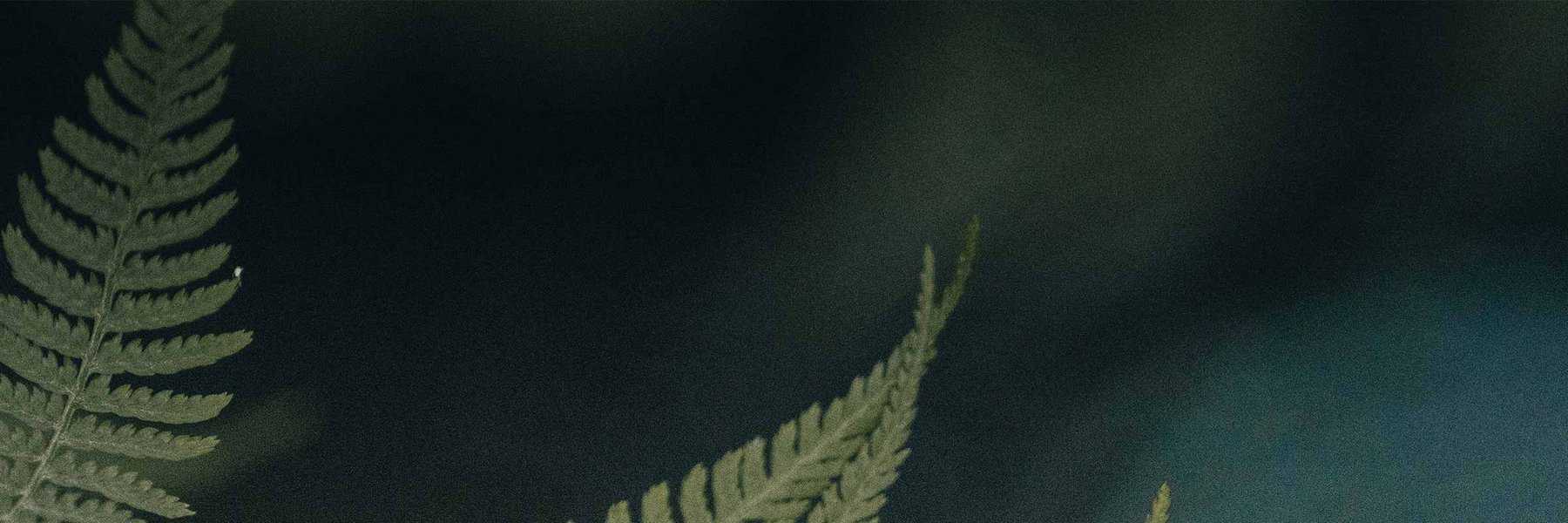A fluorescence-based viability assay for Phytophthora agathidicida oospores (Preprint)
Author(s): Michael J. Fairhurst,
Julie R. Deslippe,
Monica L. Gerth
Viability staining is an essential tool in many fields of microbiology. In this study, we aimed to establish a dual fluorescence method for detecting the viability of Phytophthora oospores. Phytophthora is a genus of plant pathogens in the class Oomycete that cause disease in a wide range of agriculturally and ecologically important plants. During the Phytophthora disease cycle, thick-walled oospores can be produced via sexual reproduction. These oospores are essential for long-range dispersal and long-term survival of the pathogen, and therefore methods for the study of oospores are of great interest. In this study, we tested five fluorescent dyes for their ability to stain Phytophthora agathidicida oospores: SYTO 9, FUN-1, fluorescein diacetate, propidium iodide, and TOTO-3 iodide. These dyes represented a selection of total, viable and non-viable cell stains. Each dye was assessed individually, and then the best dyes were combined for dual viability staining. In this study, we have identified three dyes — SYTO 9, fluorescein diacetate and TOTO-3 — that can be used to report total, viable and non-viable oospores respectively. We further demonstrate that fluorescein diacetate and TOTO-3 can be used together for dual viability staining. This new method is quantitative and compatible with automated image analysis, allowing oospores to be rapidly and accurately assessed for viability.
